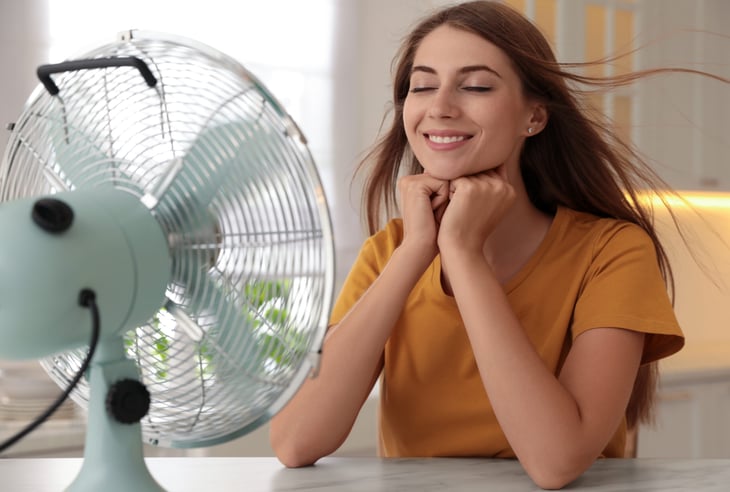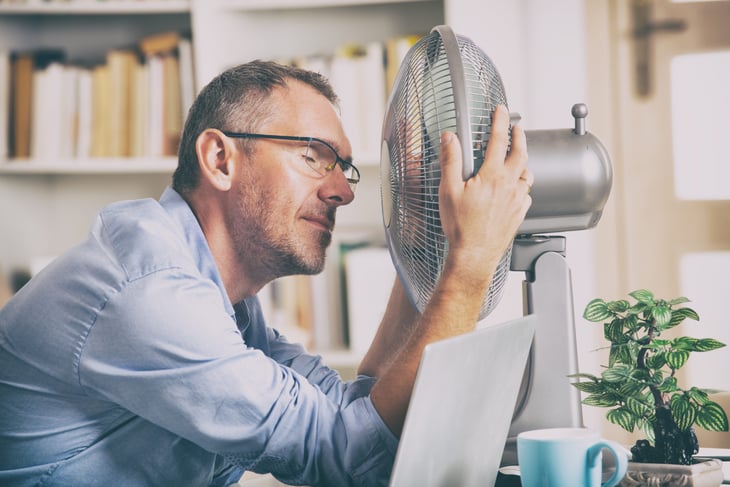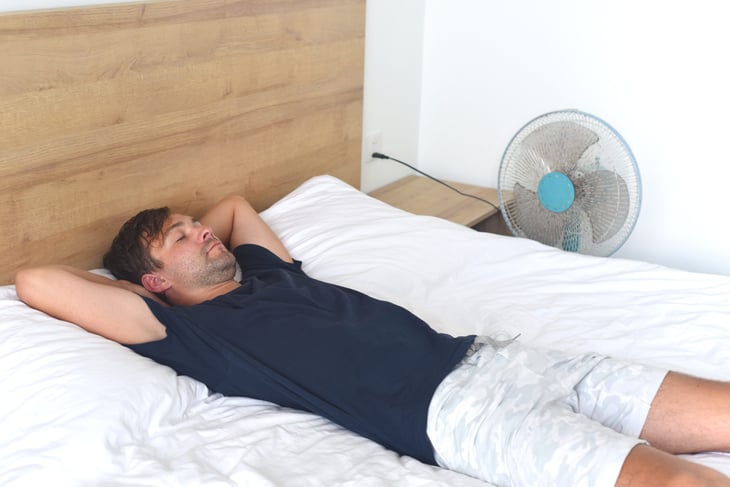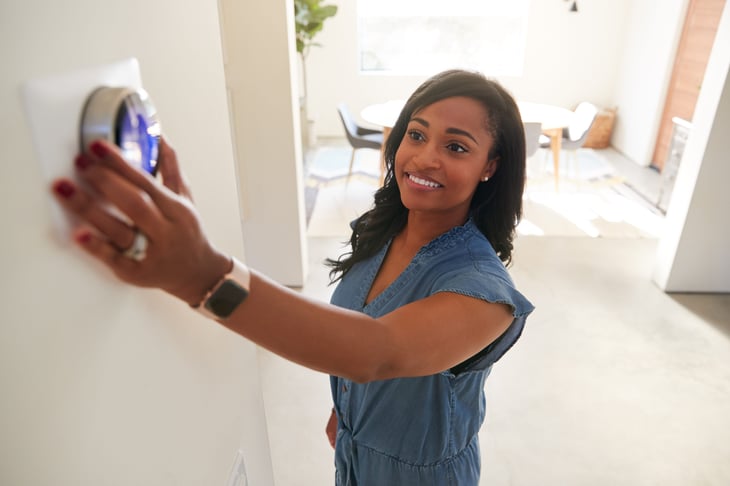
The federal government is offering advice about how to keep a lid on your summer cooling bills.
Its official Energy Star website says you can “achieve significant energy and money savings” when you properly use a programmable thermostat.
But before you rush over to your thermostat to implement Uncle Sam’s advice, we must warn you: It appears he likes things a tad warm.
Following are the government’s suggestions for programming your thermostat during the course of a summer day.
During the day

The government says that during the course of the day, you should keep your thermostat set at a robust 85 degrees Fahrenheit.
To be fair, the government implies — without explicitly stating — that you would be away from home during this time, presumably at work.
During the evening

As nighttime approaches, it is fine to cool your place — but just a bit. The government suggests keeping the temperature at 78 degrees during this time.
When you’re sleeping

As you turn in for the night, the government suggests keeping your thermostat set at 82 degrees.
Interestingly, the Centers for Disease Control and Prevention has a much different take. To get the kind of high-quality sleep the CDC says we need, it recommends sleeping in a room that’s somewhere between 65 and 68 degrees.
More ways to save on cooling costs

If just reading these recommendations has you breaking out in a sweat, feel free to tweak them.
Even if you don’t follow the government’s advice, you can still save if you set a baseline temperature, then adjust that reading throughout the day by following a formula. According to Energy Star:
“The key is to establish a program that automatically reduces heating and cooling in your home when you don’t need as much. In order to save energy, consider a temperature set-up of 7 degrees in summer and a setback of 8 degrees in winter when your home is unoccupied for long periods of time and a 4 degree adjustment when occupants are asleep.”
For more on keeping your home cool during the summer, check out “5 Unusual but Effective Tips to Stay Cool Without A/C.”





Add a Comment
Our Policy: We welcome relevant and respectful comments in order to foster healthy and informative discussions. All other comments may be removed. Comments with links are automatically held for moderation.